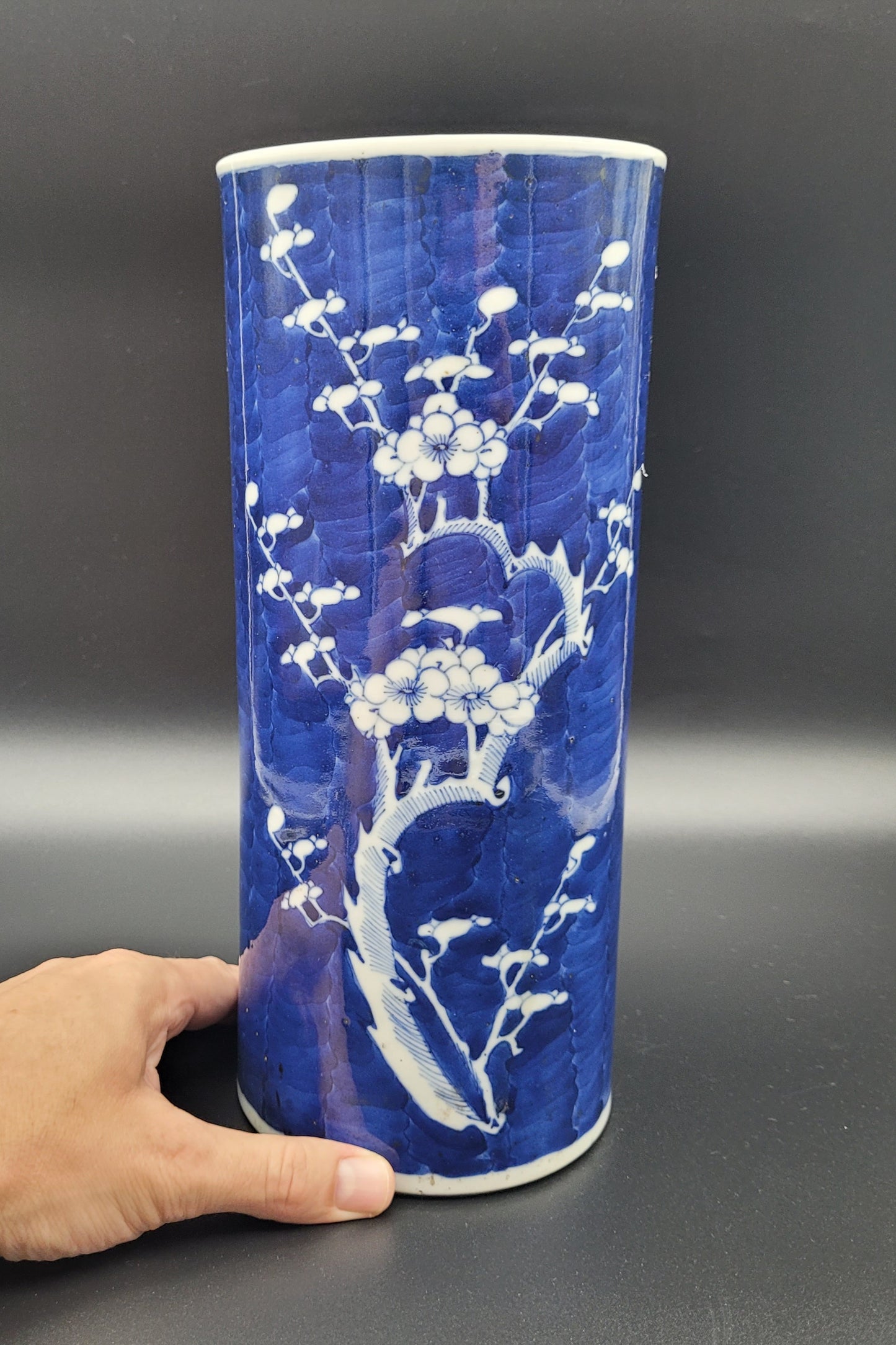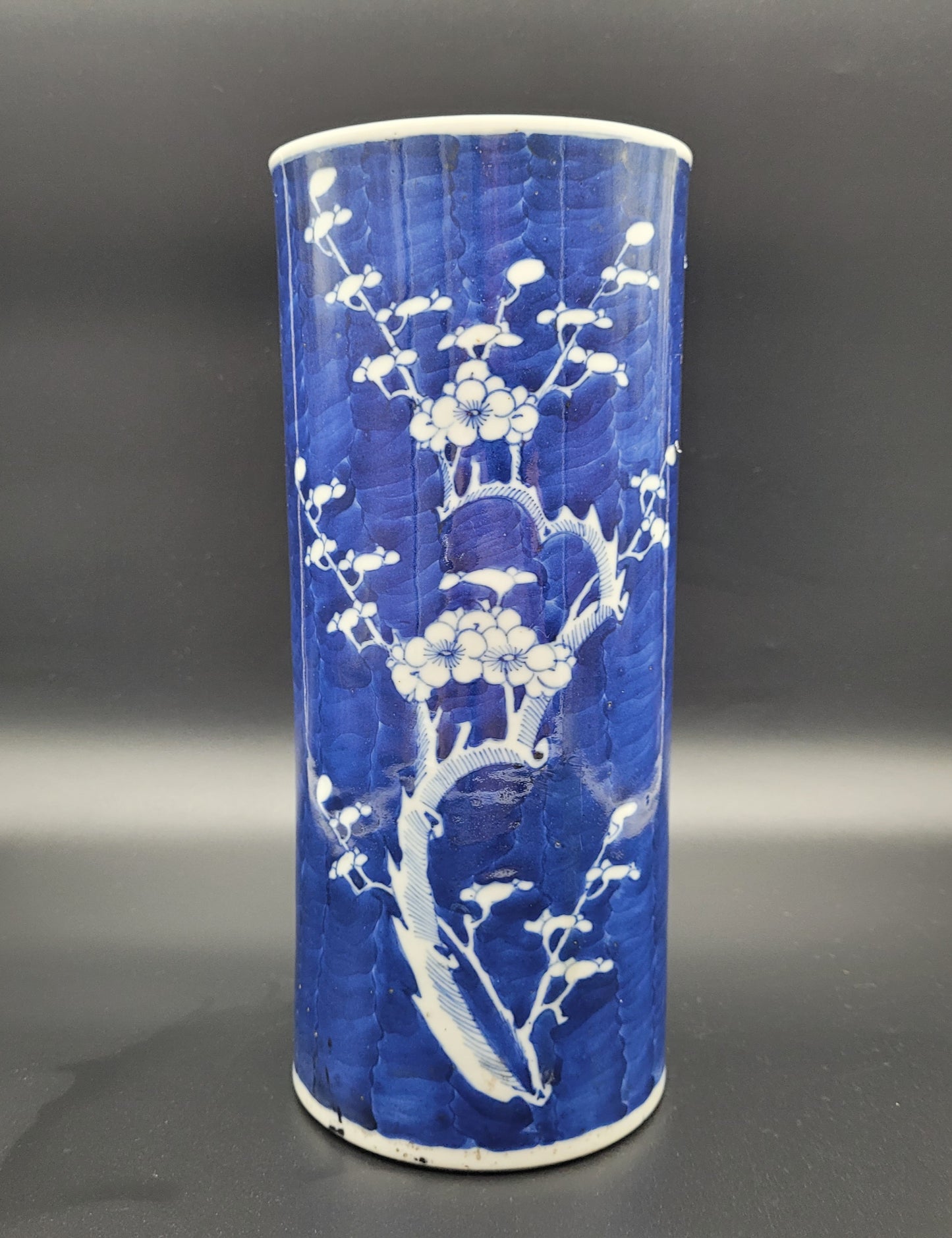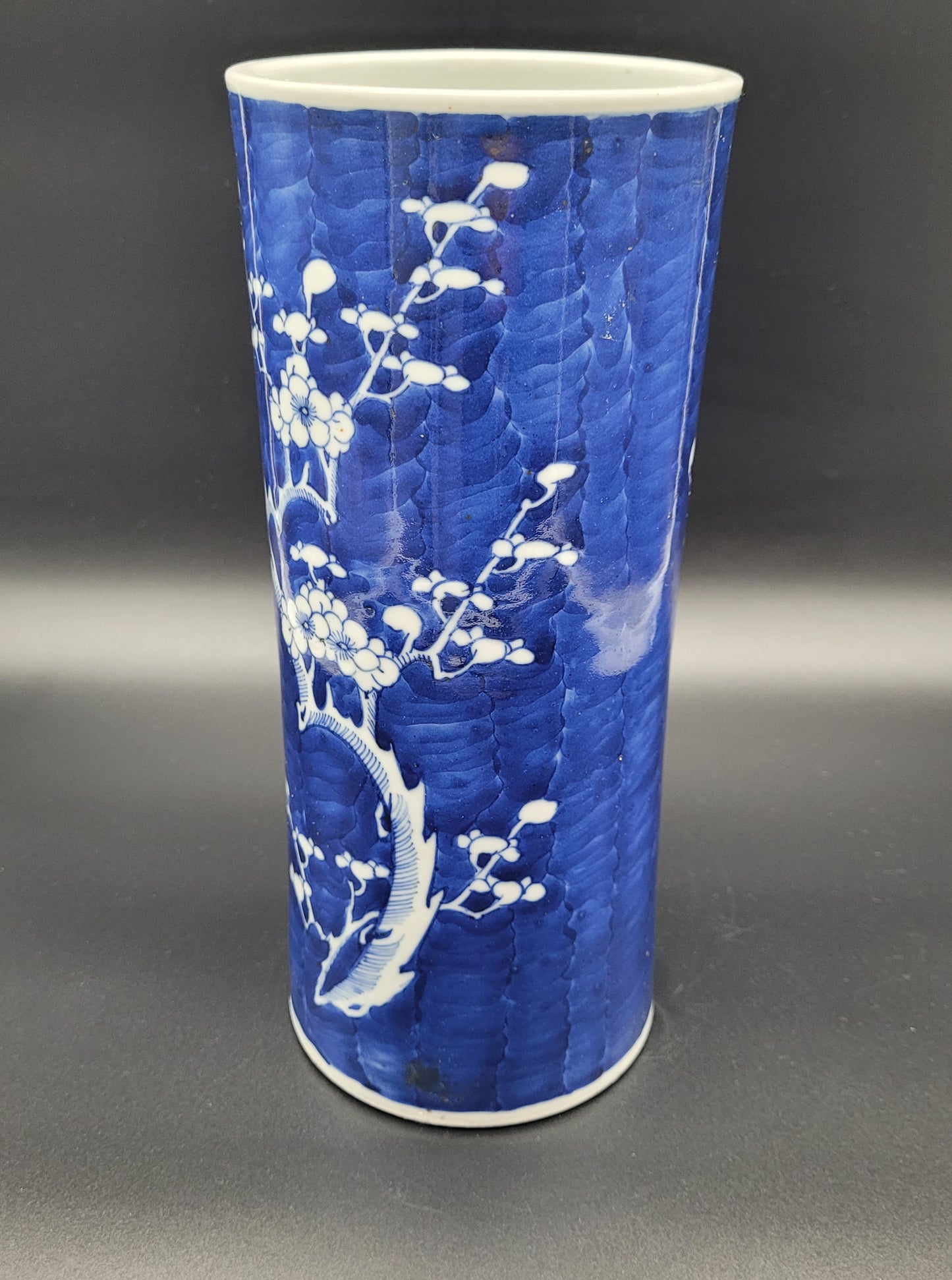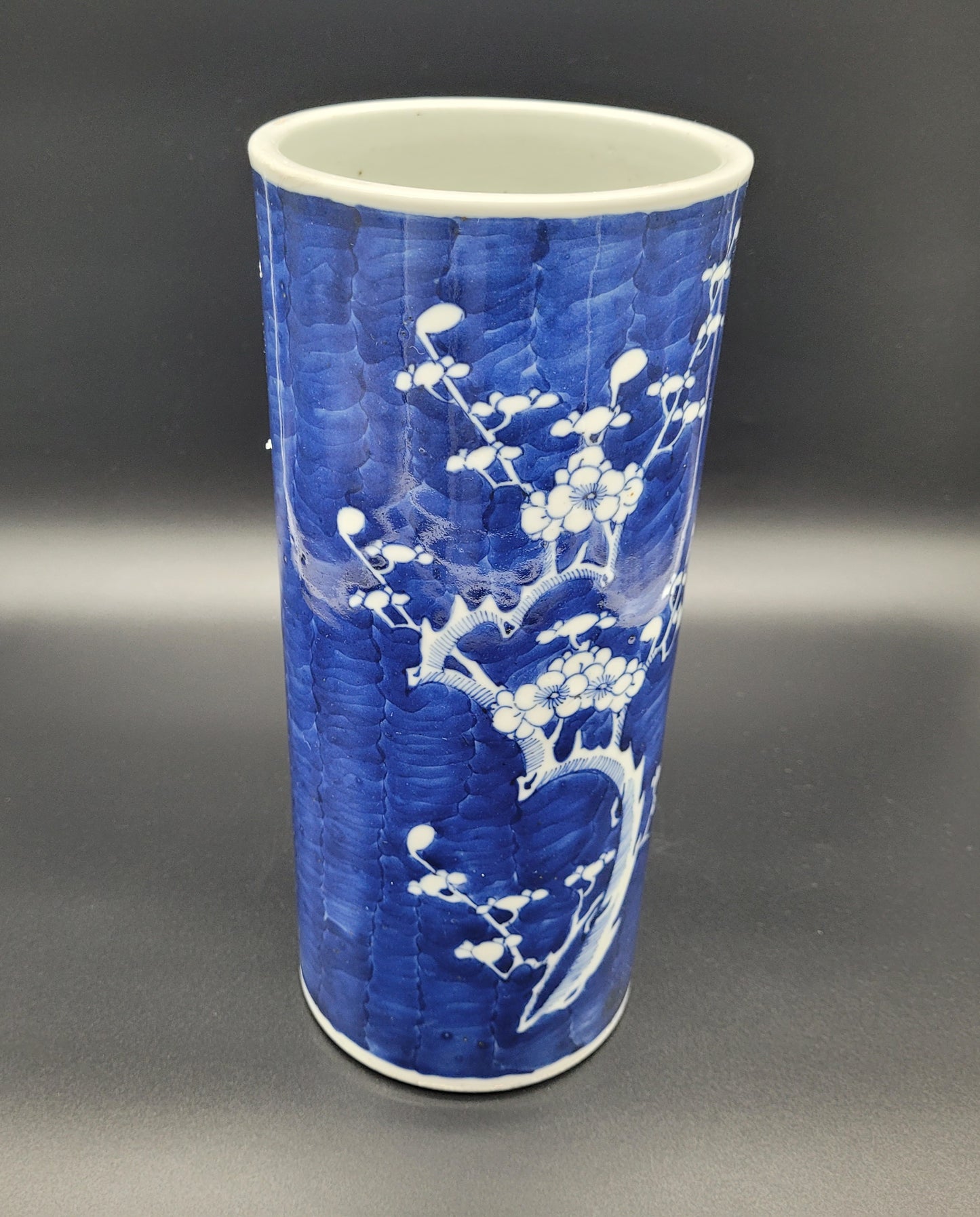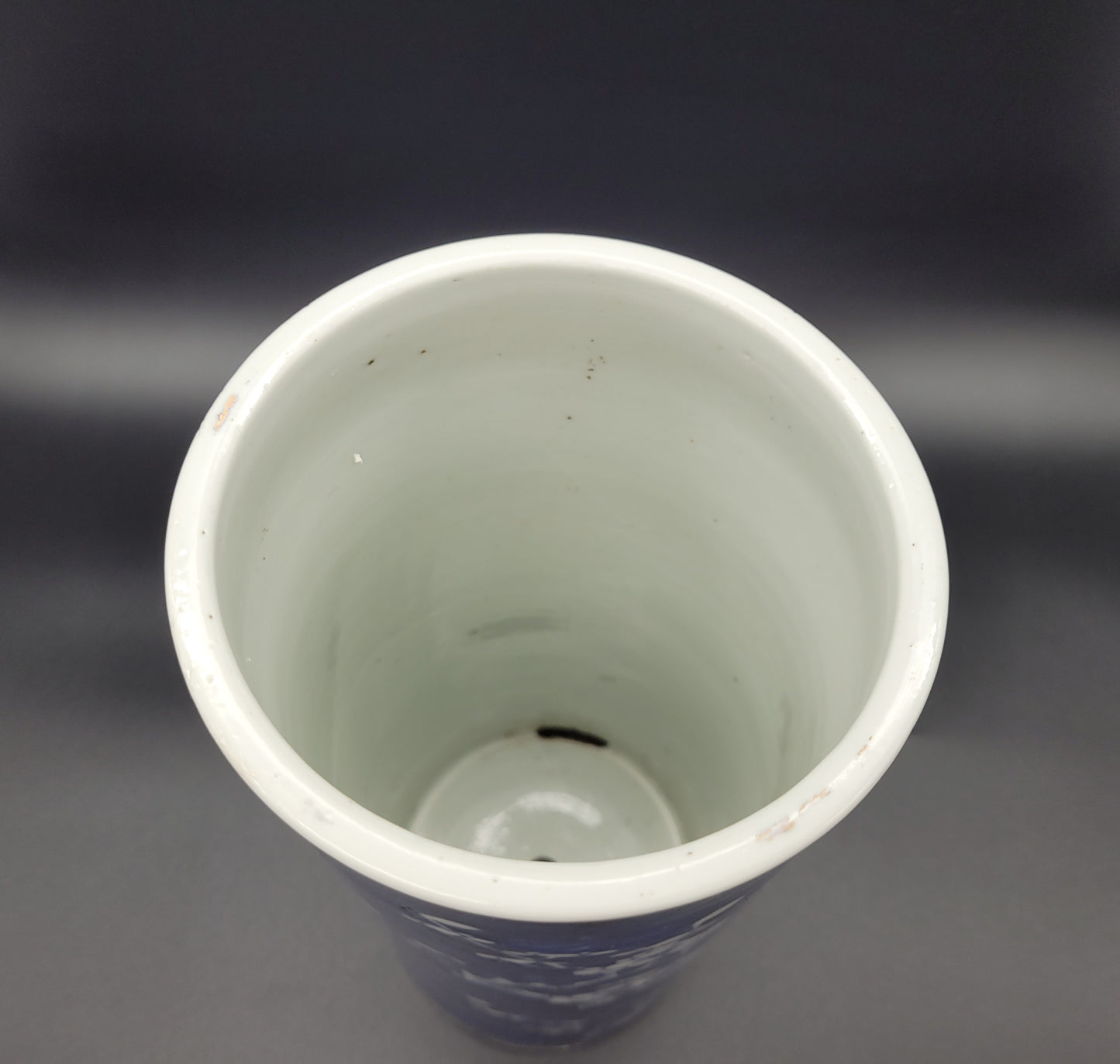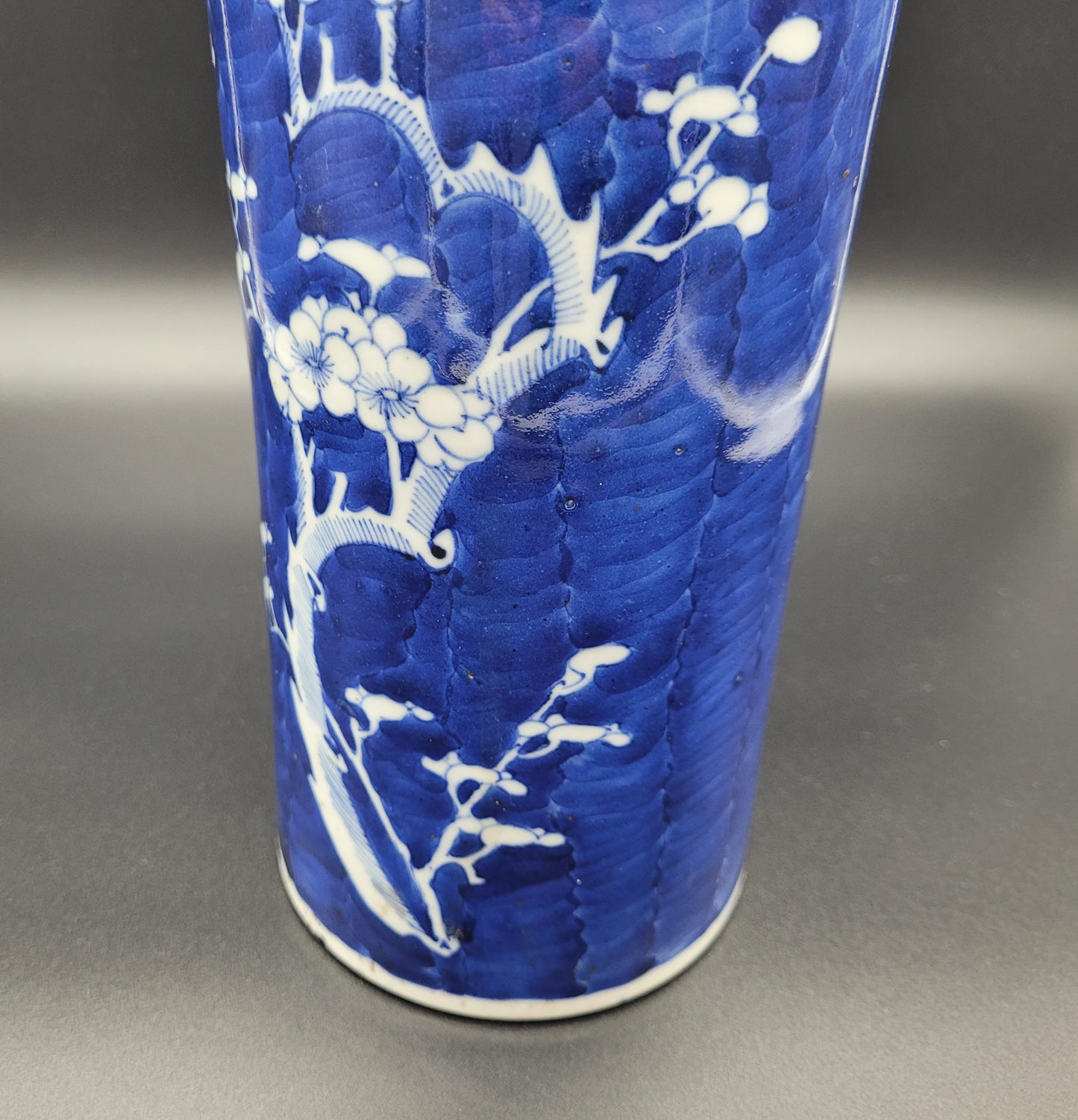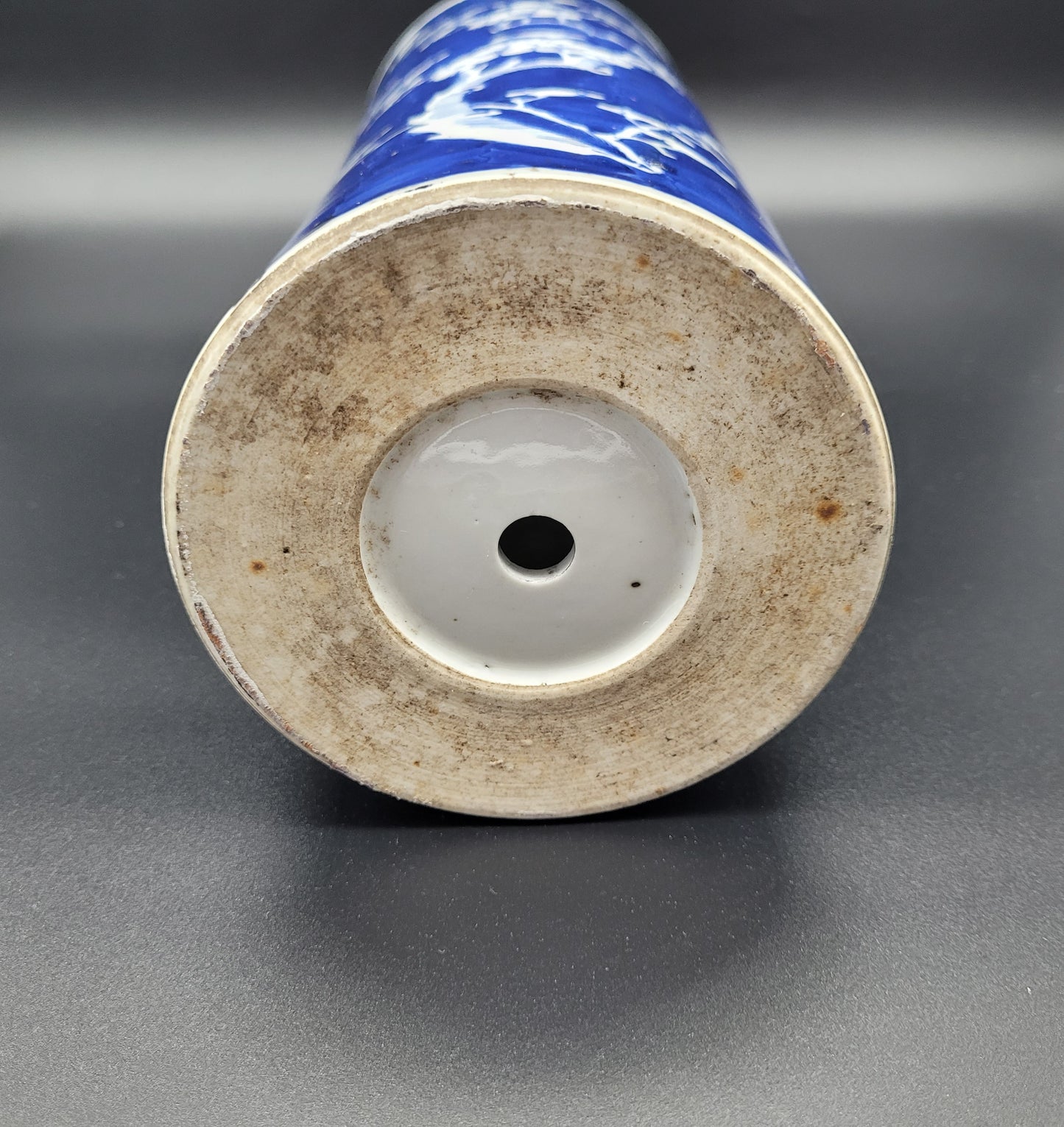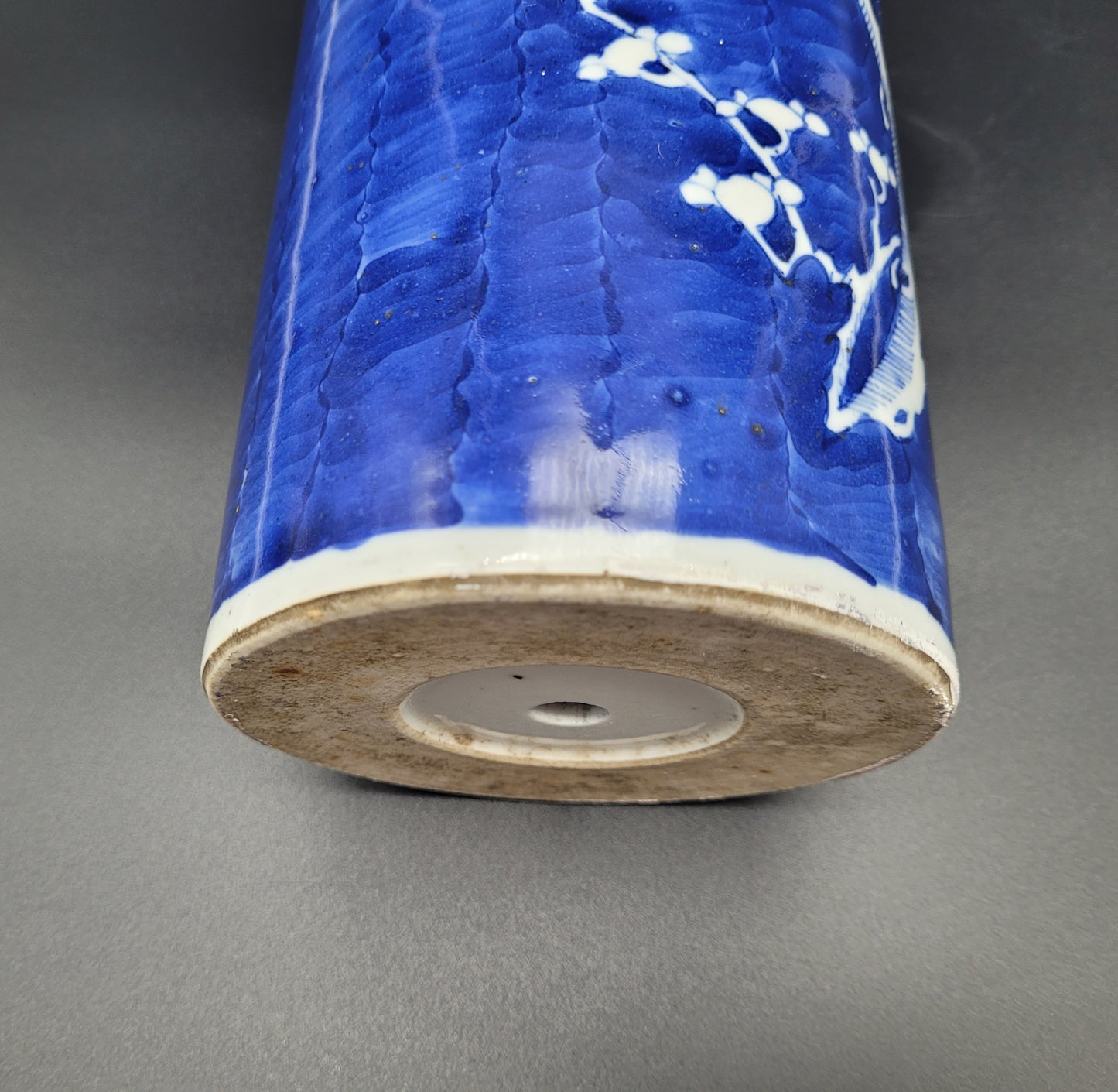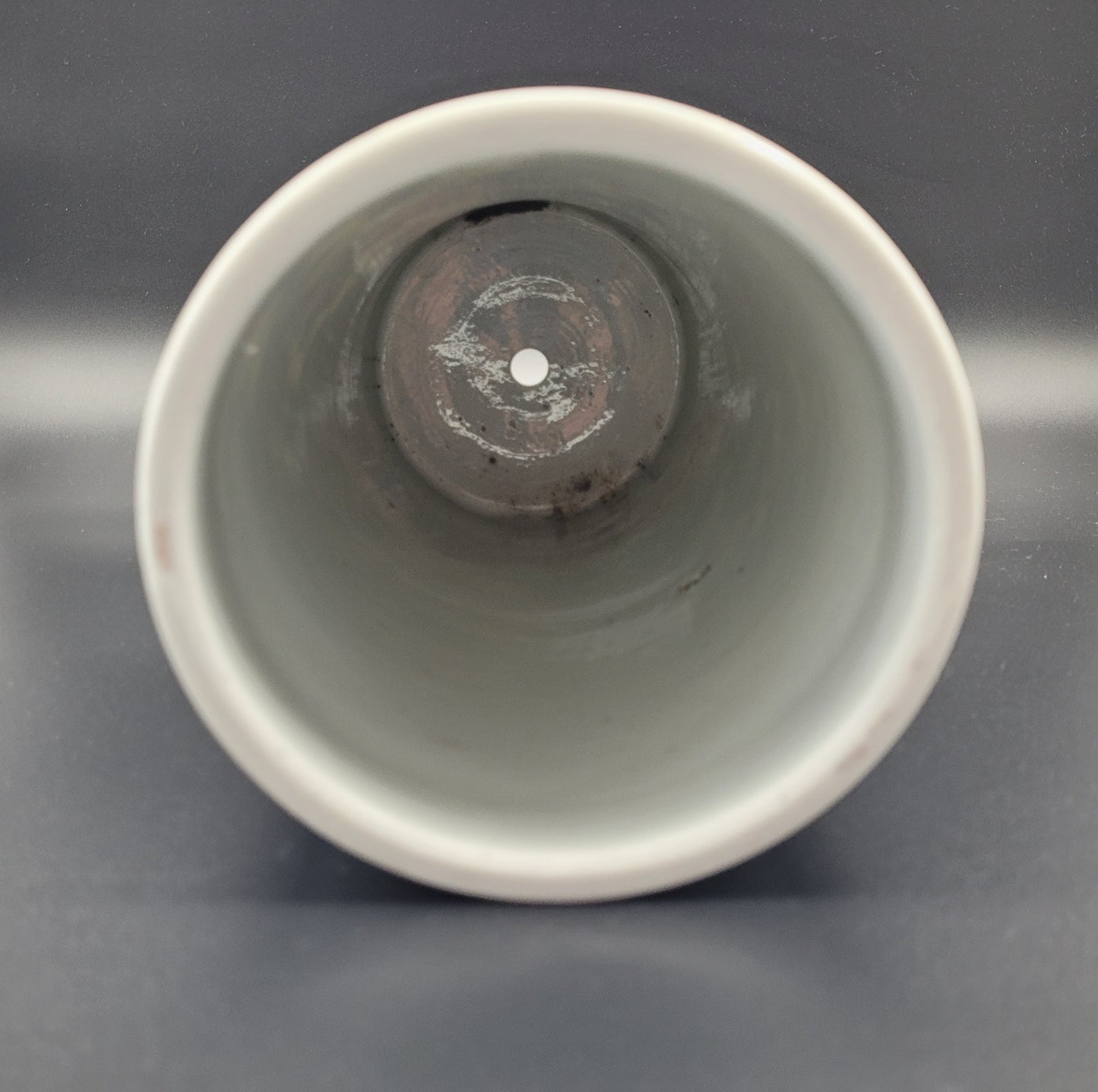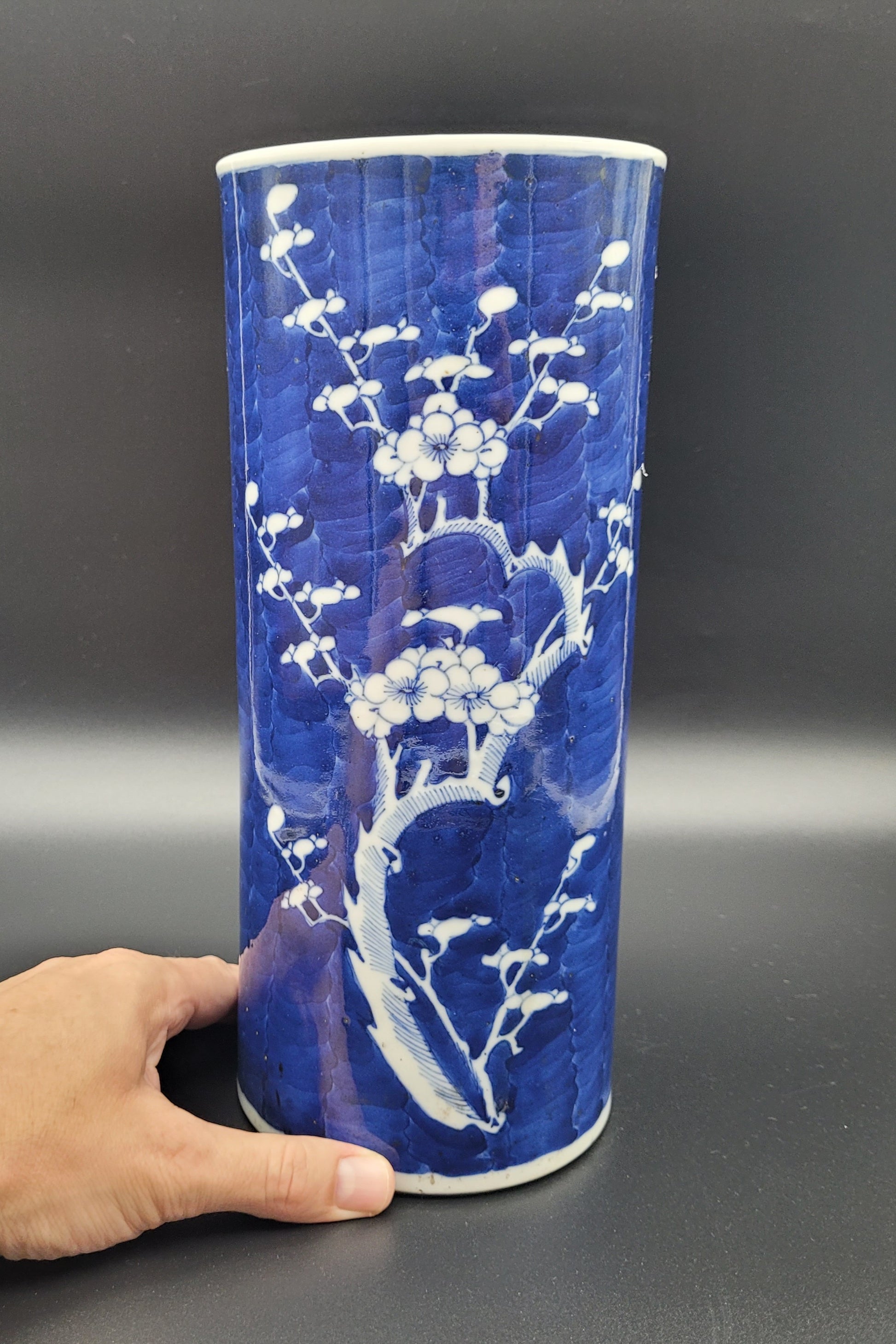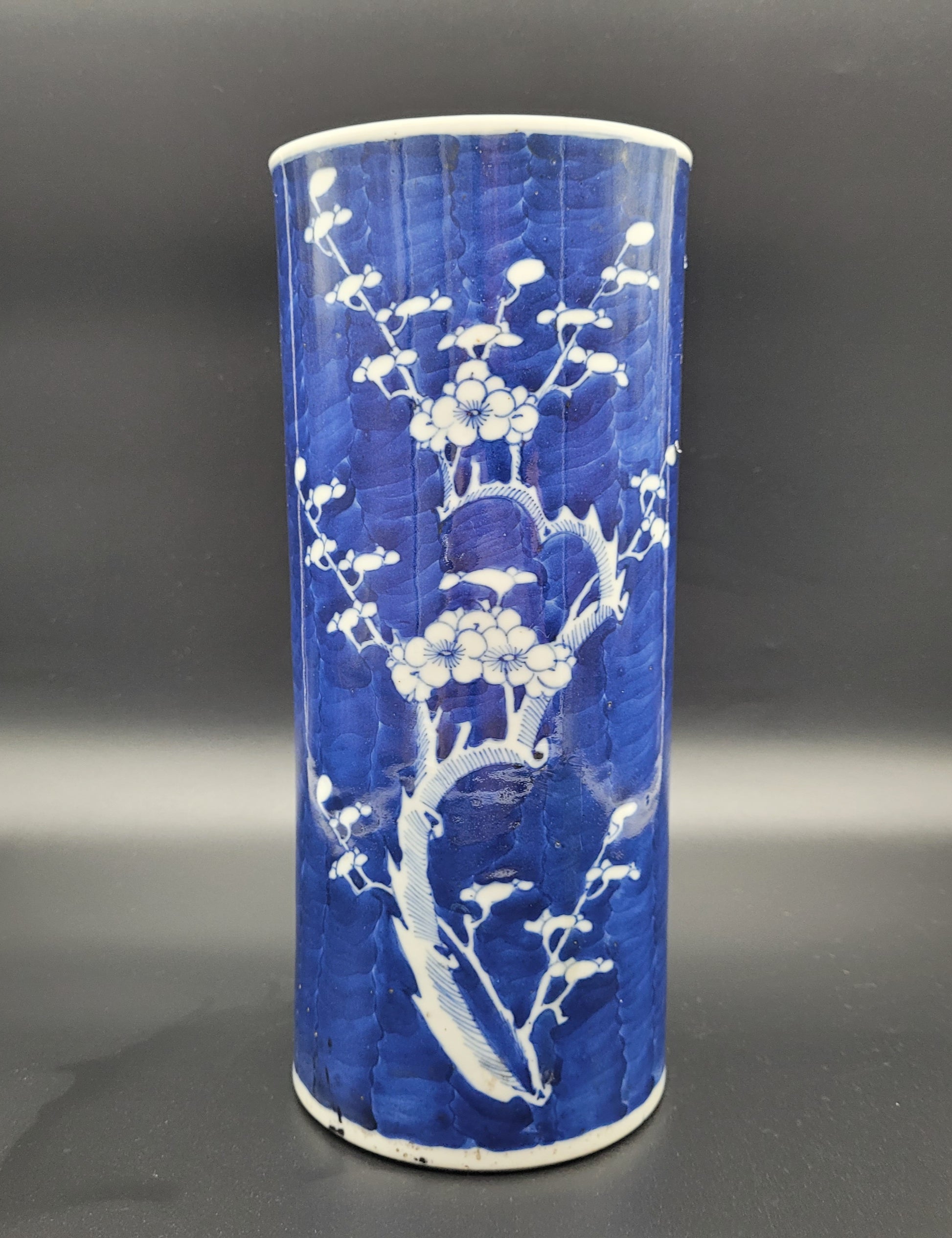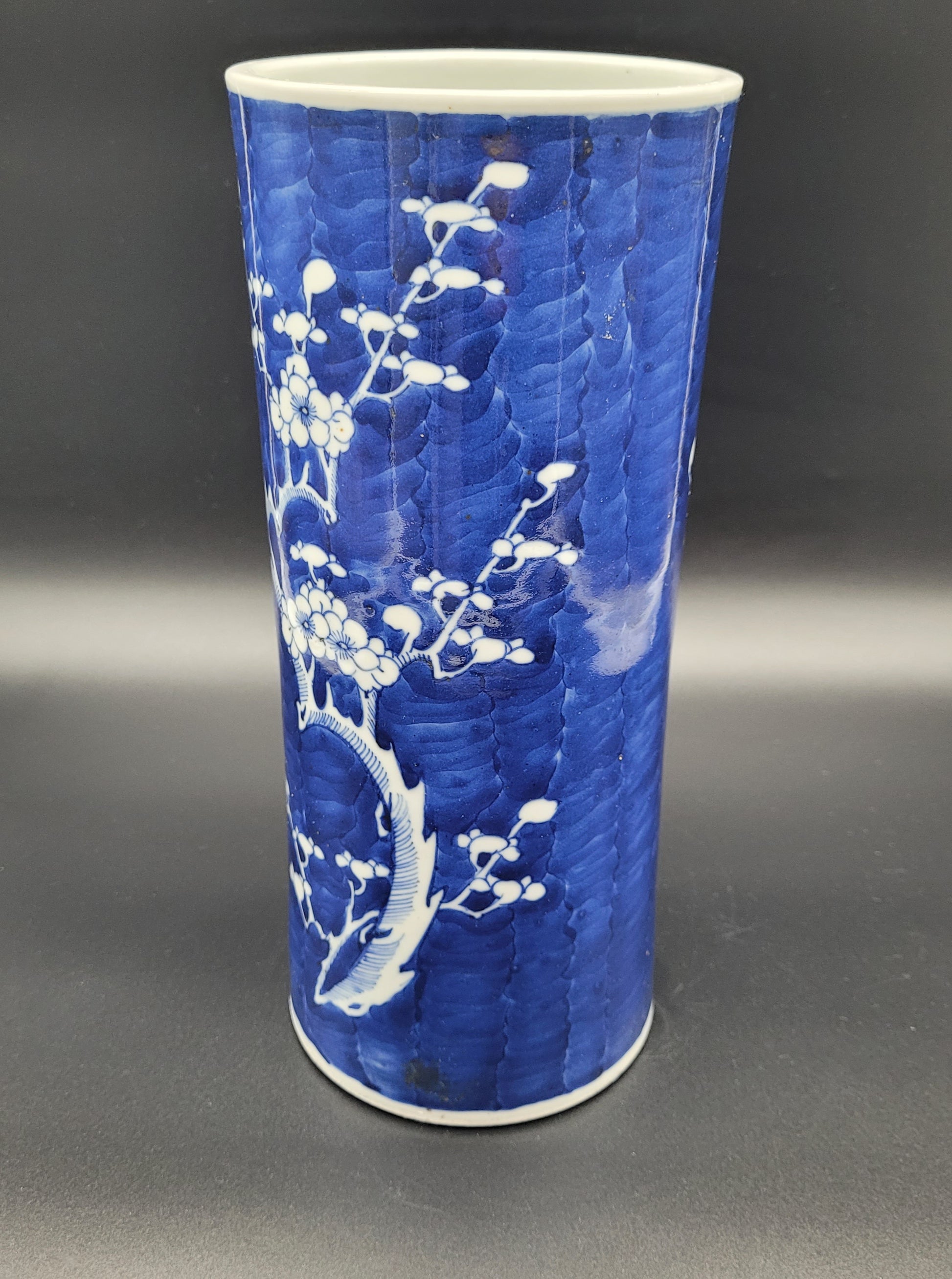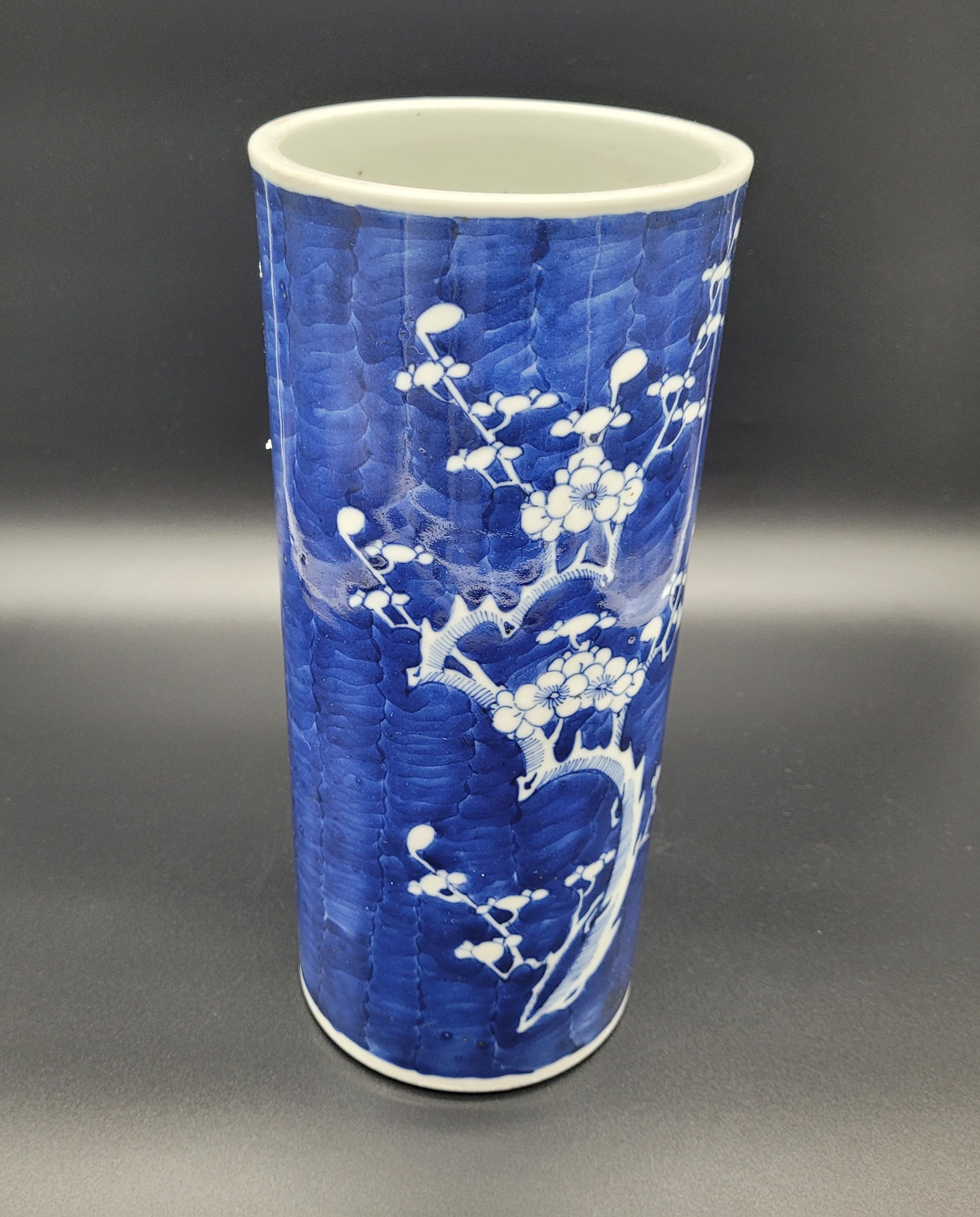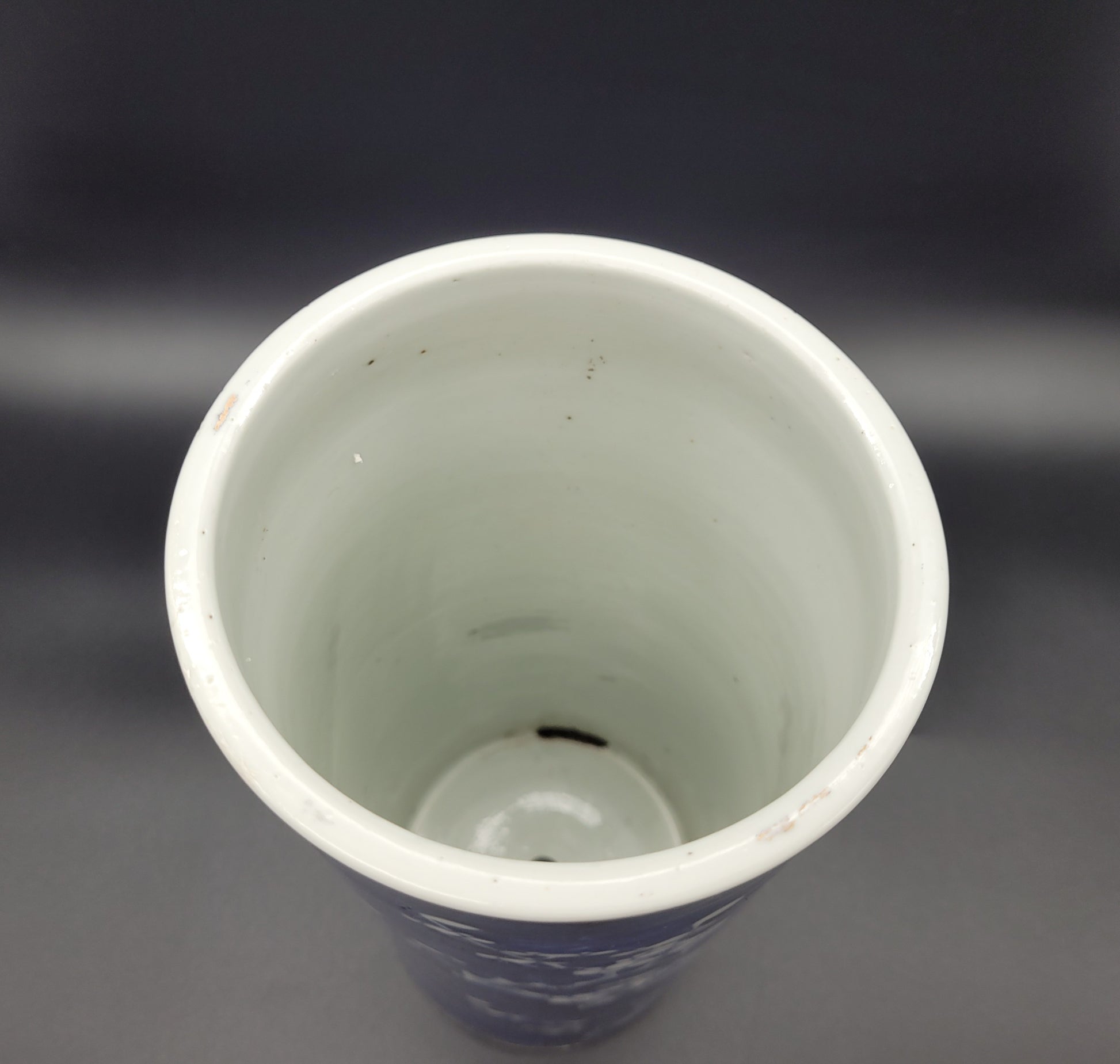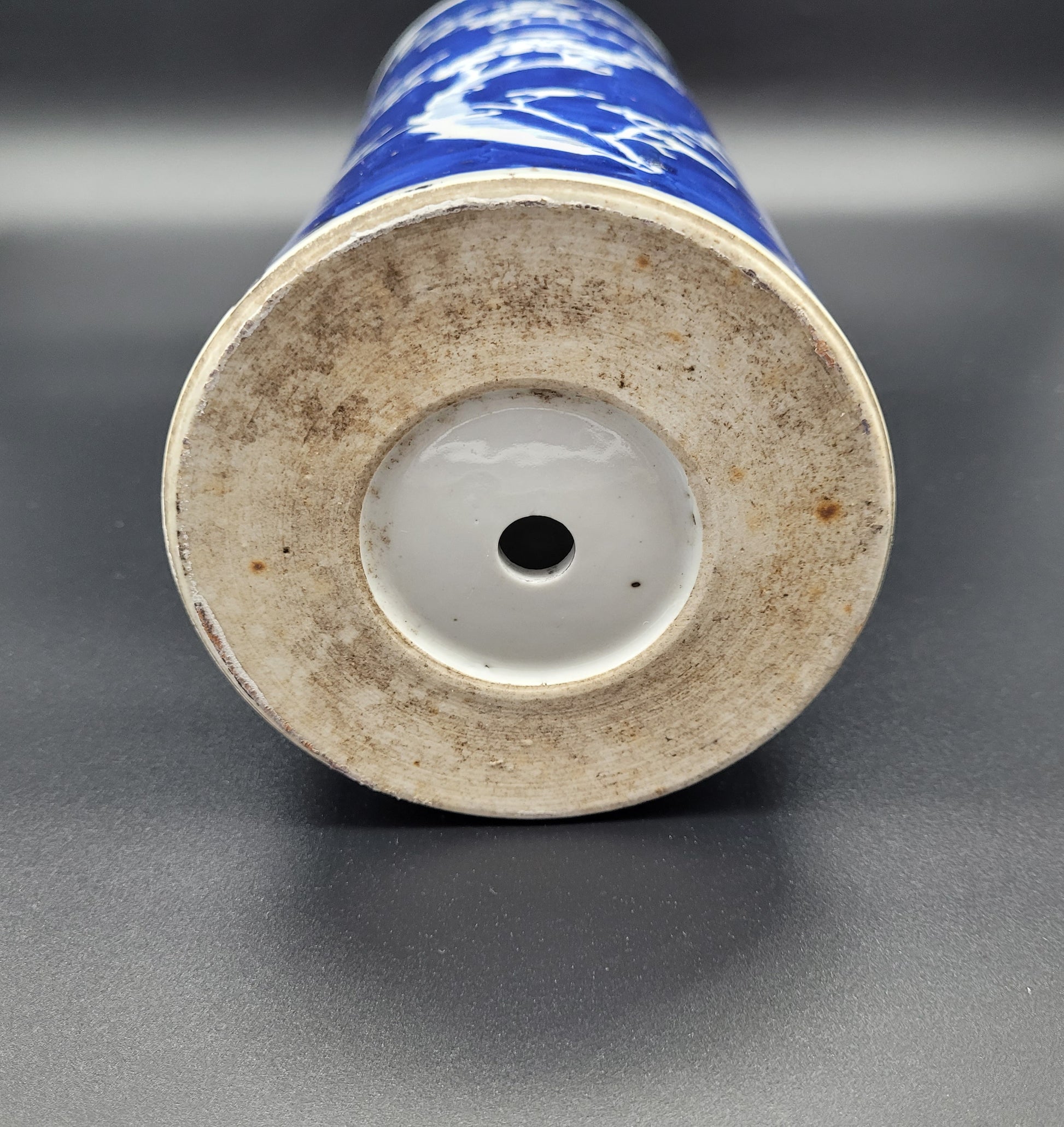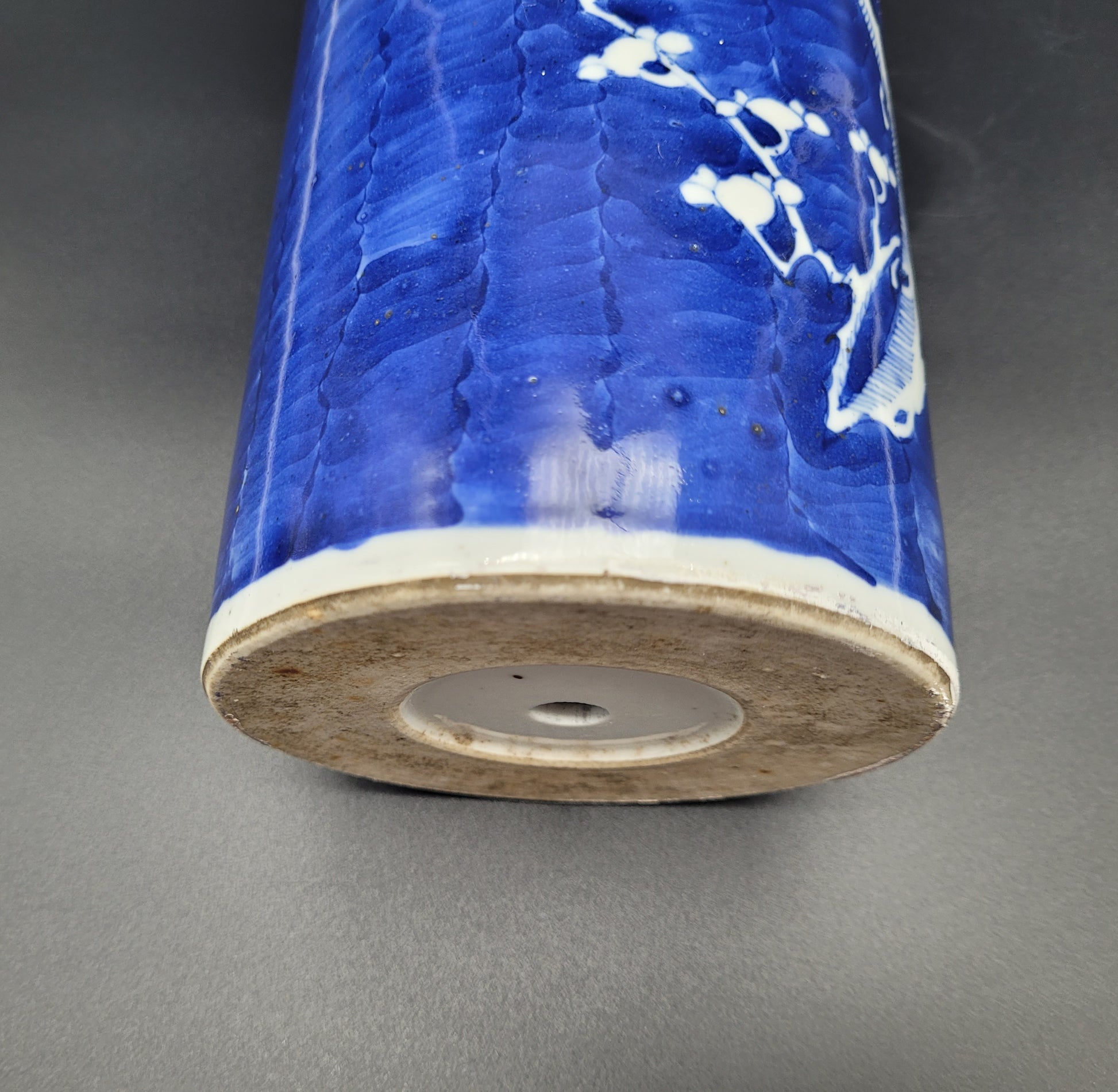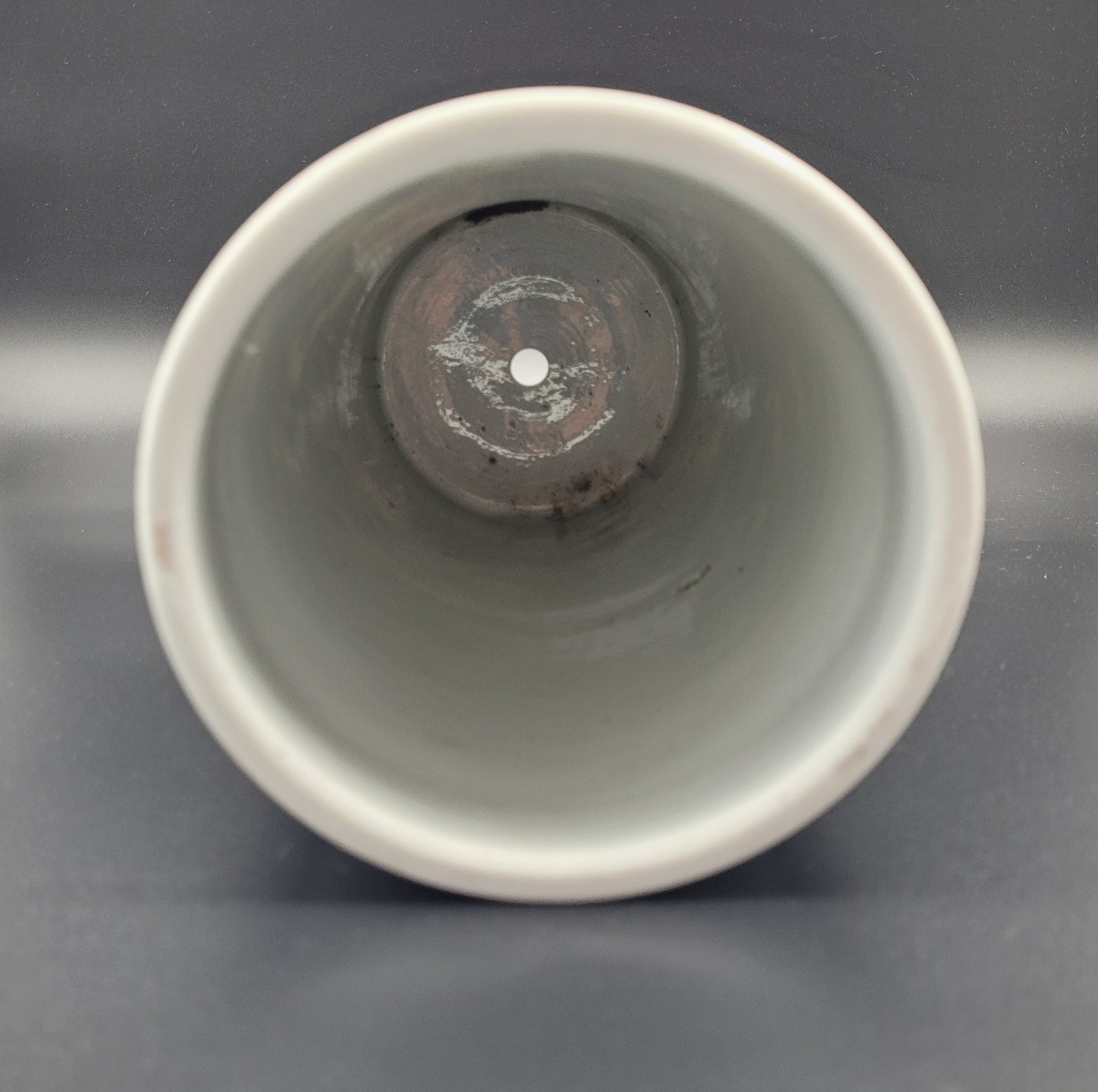Century Antiques
Antique Chinese Prunus Pattern Brush Pot 19th Century Vase
Antique Chinese Prunus Pattern Brush Pot 19th Century Vase
Couldn't load pickup availability
Antique Chinese Prunus Pattern Brush Pot 19th Century Vase
This Chinese prunus pattern brush pot has been drilled as it was a lamp at one time. It was common in the 1920 for old Chinese vases to be converted to lamps.
Otherwise the vase is in excellent condition ( No Chips Or Cracks )
Very Well Hand Decorated
Height : 28cm
Diameter : 12cm
Any Questions Welcome
Chinese Prunus & Cracked Ice Pattern
Spode's early 19th century pattern Cracked Ice and Prunus was derived from an 18th century Chinese porcelain design. The design represents the coming of spring. The elements of the design show cherry blossom petals (prunus) falling on to the background of thawing ice.
The ‘Prunus Root’ pattern is probably the most common design found on pre- 1765 Worcester wares, according to Simon Spero in his Guide to 18th Century porcelain. Throughout the early period at Worcester, blue and white porcelain formed a large and very important proportion of the factories output.
Easily the most common design of the pre-1765 period is the ‘prunus root’ pattern which appears frequently on teawares, bowls, coffee cans, mugs and the rare early mustard pots. Factory marks were not regularly used until the late 1760’s, but most of the pieces from 1753 to 1760 bear a workmen’s or painters mark of some kind.
The blue colour derives from cobalt oxide and was first used in China in the fourteenth century. It would withstand a high firing temperature. The Chinese ware was imported into England in vast quantities from about the 1690’s up to the early 1790’s. In Great Britain the trade was confined to the English East India Company, which enjoyed a state monopoly in the importation of a wide variety of goods from the East. The trade was vast and profitable and 50% of porcelain was in blue and white. Much of the imported Chinese porcelain was of a very ordinary quality. It was mass produced for the despised Europeans and was in most cases painted by young children. Later, towards the end of the 18th century, some English blue and white was sent out to China to be copied and shipped back to Europe, intended presumably to undercut the prices of English made porcelain.
